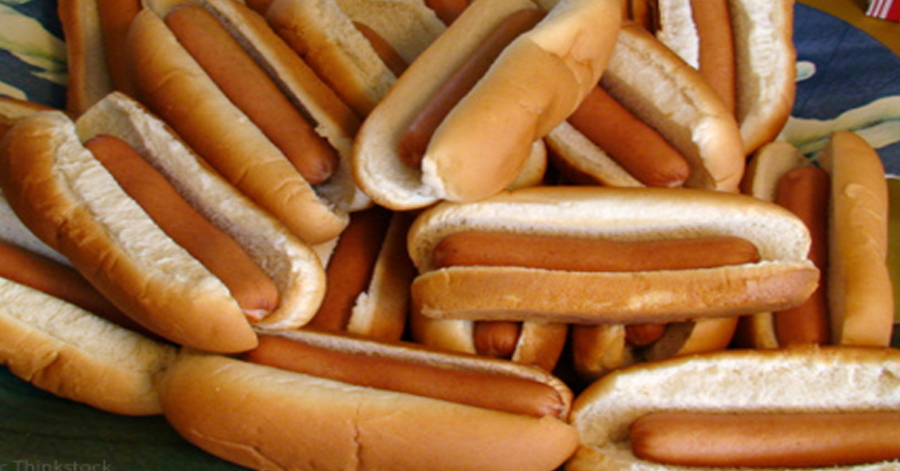KANSAS CITY, Missouri – 
Gummy Worms; Creepy Crawlies; The Cootie Game — the more repulsive a brand name sounds, the more popular it becomes with kids.
Unless you’ve been living under a rock, you haven’t heard of “Blister Pops™,” a frozen mixture of sweetened, brightly colored syrup, packaged in bubble-wrap. It’s the newest in-demand frozen treat aimed at kids.
When placed in the freezer, the blister packs expand, pop, and ooze the sweetened, semi-thickened fluid, which can be sucked directly out of the bubble, or through a syringe-shaped toy straw.
The product’s commercial jingle has become a nationwide “earworm,” and features a group of 8-year-olds pounding on a refrigerator door, chanting: I can’t wait ‘til my blisters POP! I can’t wait ‘til my blisters POP!
“Kids love to be grossed out,” said Constance Feck, vice president of Unilever, owner of the Popsicle brand, one of the world’s most recognized frozen confectionary brand manufacturers. “The Blister Pops™ idea was pitched to us at the same time we were trying to re-invent some of our brands. Adults are eating less and less sugar, but when it comes to kids, they just can’t get enough.”
Parents and nutrition experts have expressed wildly mixed reactions about the controversial product. Stay-at-home Mom Stella Christy finally had to give in to her son’s demands for the frozen treat.
“I was in frozen foods,” said Christy, from her local Price Chopper Supermarket, “And little Jeffy-Ray saw the Pops in the dessert case. He recognized them from the commercial. He wouldn’t let up until I got some, and just like in the commercial, he didn’t want to wait. He begged for them before we even got to the checkout. Everyone kept looking at me like I was a bad mother because he kept asking if we had to wait ‘til his blisters popped! I was embarrassed. I went through the express line just as fast as I could. I left many items behind.”
Controversy over Blister Pops™ has prompted a reaction from the nation’s First Lady, Michelle Obama. In a statement released from The White House, Mrs. Obama said:
More and more unhealthy and empty calories are making up the bulk of our children’s diets. My “Let’s Get Moving” initiative emphasizes a balance of exercise, healthy eating habits and snack foods in moderation. Ultimately, it’s up to the parents, but if this frozen candy ends up as a school cafeteria menu item, I’m going to step in.
Feck understands the concerns and offered reassurances to concerned parents. “Our Blister Pops™ are a fine addition to a healthy, balanced diet. The Orange Blisters contain 50% of the minimum daily requirement of vitamin C, and that’s more than you get in a Florida orange! The Black-And-Blueberry Blister has added calcium for strong bones and healthy teeth! And if you get an actual burn,” added Feck, “you can apply any one of our blisters on your skin to prevent a blister!”
Popsicle brands plan to introduce more dessert and confectionary items aimed at the disturbed-youth market within the coming weeks.
Coming soon are Sweet ‘N’ Scabby Fruit Leathers, Pus-Ups, and Cand-Aids, citrus flavored chewing gum, in the shape of a Band-Aid.™ “We can’t wait until children from coast-to-coast tear those off and chew ‘em up! We’re positive kids will love them!”

































